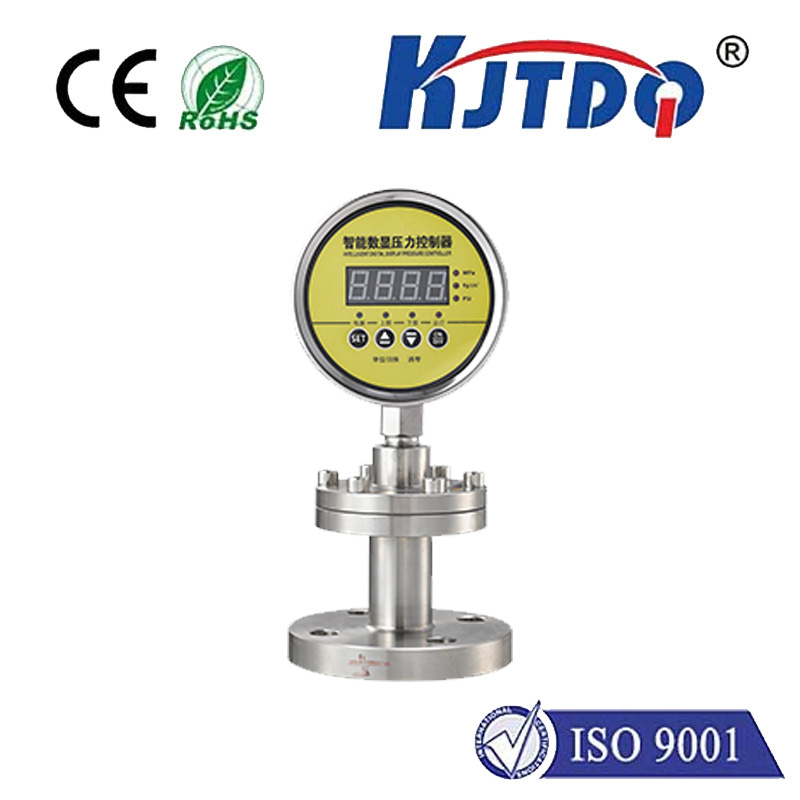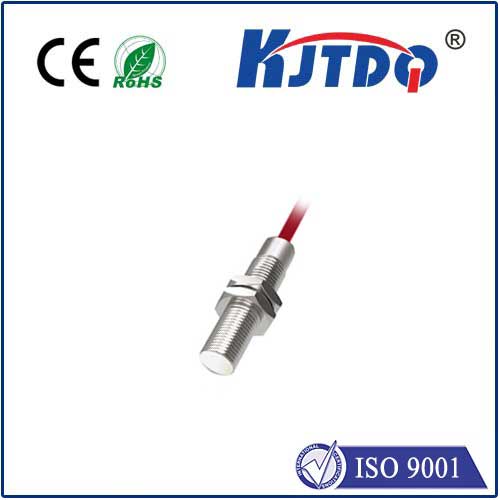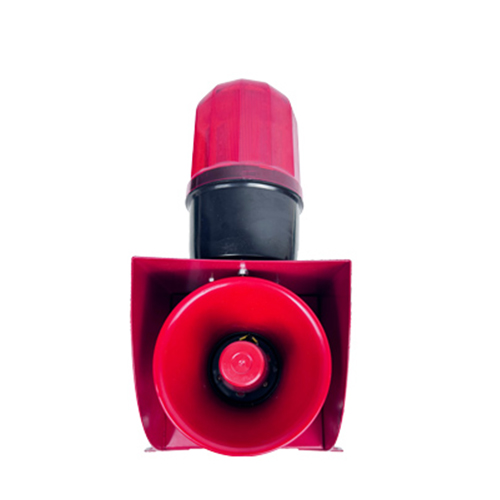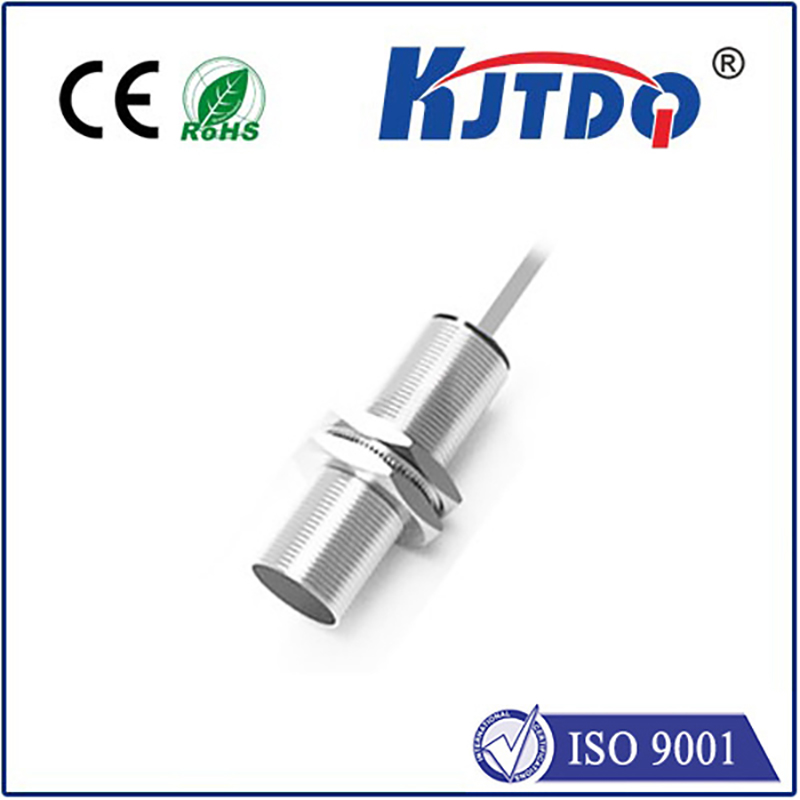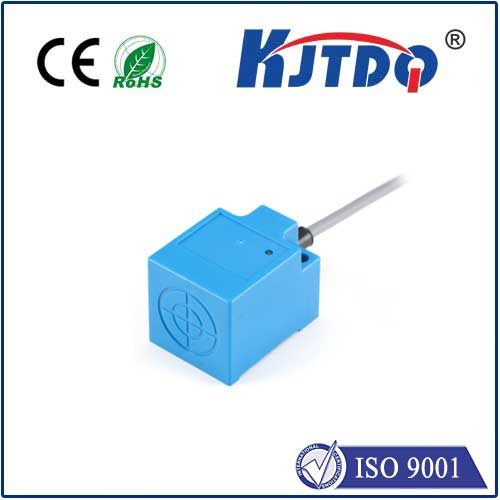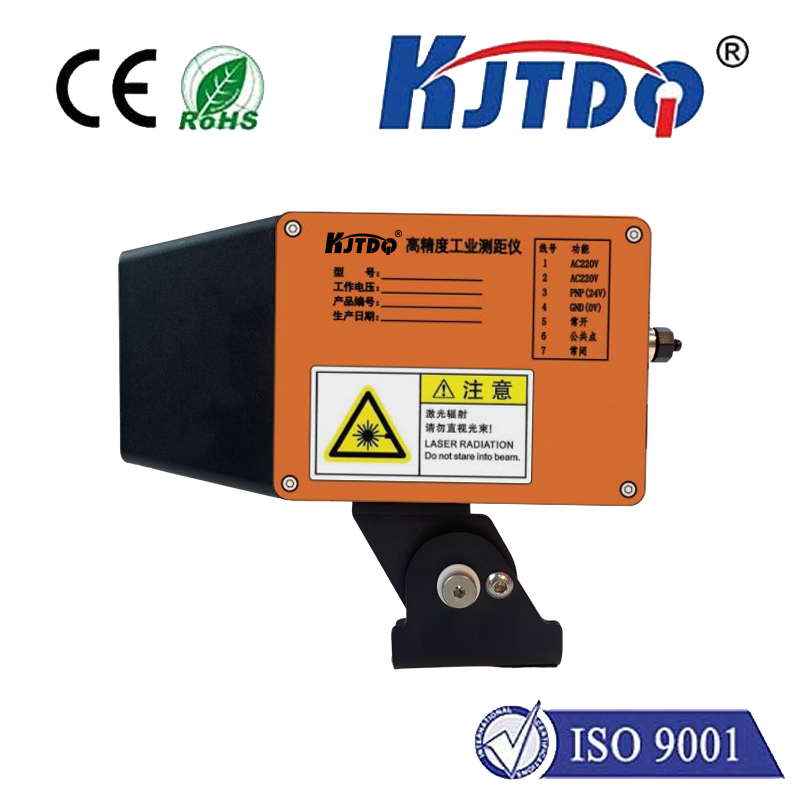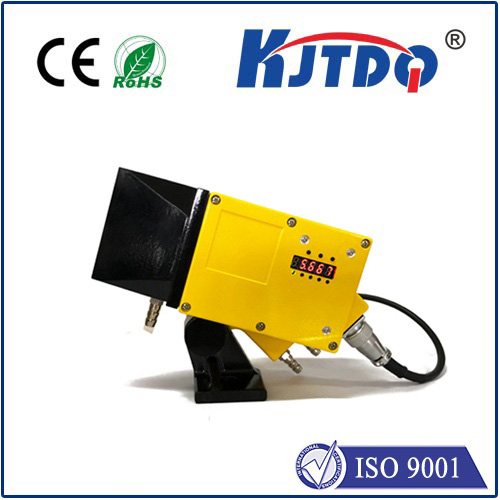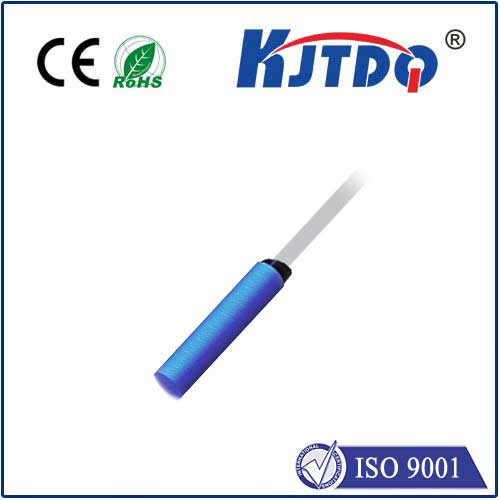proximity sensors housings
- time:2025-09-05 13:34:25
- Нажмите:0
The Protective Powerhouse: Why Proximity Sensor Housings Matter
In the intricate dance of modern automation, proximity sensors are the silent observers, detecting presence or absence without physical contact. They orchestrate machinery, ensure safety, and optimize processes in factories, vehicles, and countless smart devices. But what shields these electronic sentinels from the harsh realities of their operating environments? Enter the proximity sensor housing – the unsung hero ensuring consistent, reliable performance. Far more than just a plastic or metal shell, the housing is a critical interface between the sensor’s delicate electronics and the demanding world it monitors. Choosing the right one isn’t an afterthought; it’s fundamental to sensor longevity and functionality.
Imagine a proximity sensor deployed on a CNC machining center. It’s bombarded by microscopic metal shavings, cutting fluid mist, vibration, and occasional impacts. Or consider one mounted on a food packaging line, constantly exposed to washdown chemicals, steam, and temperature fluctuations. Without robust protection, sensor electronics would quickly succumb. Proximity sensor housings are engineered precisely to withstand these assaults. They provide:

- Physical Protection: Guarding against impacts, crushing forces, abrasion from moving parts or debris, and even vandalism.
- Environmental Sealing: Creating a barrier against dust, dirt, moisture, oils, coolants, cleaning solvents, and corrosive chemicals. This sealing is crucial for preventing internal component failure, particularly short circuits.
- Electromagnetic Shielding (EMC): Especially critical for inductive sensors, metal housings act as a Faraday cage, shielding the sensor’s sensitive electronics from external electromagnetic interference (EMI) and preventing the sensor itself from emitting disruptive signals that could affect nearby equipment.
- Mounting and Integration: Providing secure attachment points (threads, flanges, brackets) for easy installation into panels, machinery frames, or custom fixtures. The housing dictates the sensor’s form factor and mounting flexibility.
- Thermal Management: Assisting in dissipating heat generated by the sensor electronics, especially important in high-temperature ambient environments or for sensors operating at high frequencies.
Material Choices: Striking the Right Balance
The choice of housing material profoundly impacts performance and suitability:
- Metal Housings (Stainless Steel, Nickel-plated Brass, Aluminum): Offer superior mechanical strength, excellent EMC shielding, and high temperature resistance. Stainless steel (e.g., 303, 304, 316L) is king for harsh environments requiring corrosion resistance against chemicals, salt spray, or extreme washdown (common in food & beverage or marine applications). Nickel-plated brass provides good corrosion resistance and conductivity for shielding at a lower cost than stainless. Aluminum is lighter and offers good shielding but is more susceptible to chemical corrosion.
- Plastic Housings (PBT, PPS, PVC): Provide excellent resistance to many chemicals, electrical insulation, and are generally lighter and more cost-effective than metal. High-performance thermoplastics like PBT (Polybutylene Terephthalate) and PPS (Polyphenylene Sulfide) offer impressive temperature stability, chemical resistance, and dimensional stability. They are ideal where EMC shielding is not critical (e.g., capacitive sensors, photoelectrics often paired with proximity) or in cost-sensitive, less demanding applications. PVC housings are common for basic protection in milder conditions.
Design Considerations: Beyond the Basics
Selecting a proximity sensor housing goes beyond just material. Key design aspects include:
- Ingress Protection (IP) Rating: This is paramount. An IP67 rating signifies complete protection against dust and protection against immersion in water up to 1 meter for 30 minutes. IP68 offers protection against continuous immersion under specified conditions. IP69K denotes protection against high-pressure, high-temperature water jets – essential for rigorous washdown cleaning. Always match the IP rating to the environment.
- Form Factor: Cylindrical threaded barrels (M8, M12, M18, M30 are common), rectangular block styles, or specialized shapes are available. The choice depends on available installation space and mounting requirements.
- Sensing Face Integration: The housing design must optimize the sensing field geometry for the specific technology (inductive, capacitive, ultrasonic, magnetic). It protects but shouldn’t unduly impede the sensor’s ability to “see” its target. Some housings incorporate wear-resistant or non-stick materials at the sensing face.
- Connection Type: Does the cable exit straight (axial) or at a 90-degree angle (radial)? Is it fixed, or does it use a connector (M12, M8 connectors are industry standards)? The housing incorporates or protects these entry points, which are critical failure points if not properly sealed.
- Customization: Many manufacturers offer options for custom proximity sensor housings – unique shapes, specific material blends, integrated mounting features, or bespoke connector configurations – enabling solutions for highly specialized applications where standard housings fall short.
The Impact of Neglecting the Housing
Underestimating the importance of the proximity sensor housing selection is a recipe for operational headaches and increased costs:
- Premature Failure: Exposure to moisture, chemicals, or physical damage leads to sensor malfunction or total breakdown, causing unplanned downtime.
- False Triggers: EMI interference penetrating weak shielding can cause erratic sensor behavior, leading to production errors or safety hazards.
- Reduced Sensing Range/Distance: A poorly designed housing can dampen or distort the sensor’s field, reducing its effective operating distance.
- Increased Maintenance Costs: Frequent sensor replacements due to environmental damage quickly erode any savings from choosing a cheaper, less robust housing.
Making the Smart Choice
When specifying or installing proximity sensors, never overlook the housing. Ask key questions:
- What are the primary environmental hazards (dust, water, chemicals, impact, temperature extremes)?
- Is electromagnetic interference (EMI) a concern in this location?
- What are the physical mounting constraints and requirements?
- What cleaning procedures (especially washdown) will the sensor undergo?
- Is customization needed for unique integration challenges?
By understanding the critical functions of proximity sensor housings – from robust environmental protection and EMC shielding to enabling secure mounting – engineers and maintenance professionals make informed decisions. Selecting the right housing material and design, validated by the appropriate IP rating, is not just about protecting the sensor; it’s about safeguarding productivity, ensuring process reliability, and maximizing the return on investment in automation technology. The housing is truly the sensor’s indispensable protective powerhouse.

